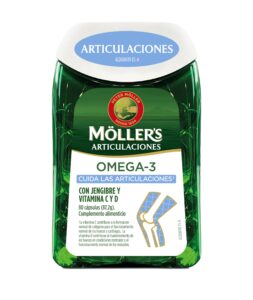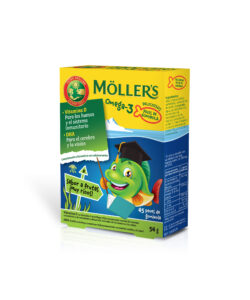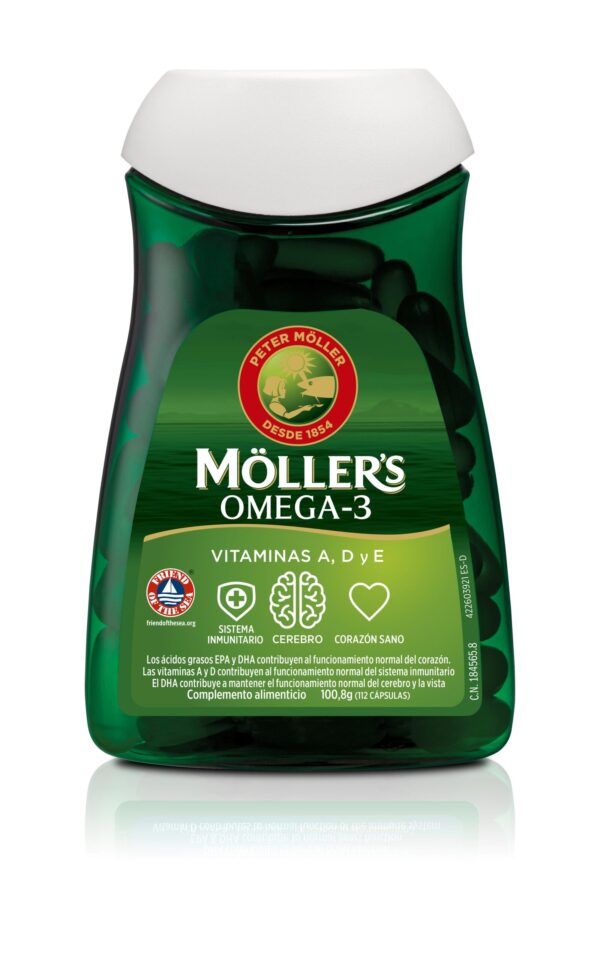Painful knees and finding it hard to open a jar is something many of us believe we should accept as part of getting older. But is this really so?
Home » Alleviate and prevent joint pain

Hips and knees are the first places we experience pain as we age. This is a reminder that our body isn’t the latest model anymore. Over the years, changes in articular cartilage and ligaments cause pain, swelling and reduced mobility. But although arthritis or osteoarthritis affects many over 40, there’s a lot you can do to both prevent and alleviate symptoms.
Prevent joint pain with physical activity
Exercise gives you so many health benefits that it’s silly not to. Activity prevents the joints from stiffening and strengthens the muscles so they can support and relieve the joints. Even if you have a rheumatic disorder, you will, to some extent, be able to keep fit with regular exercise. And changes in the body caused by the disease may not have such a serious effect. Try to get at least 30 minutes of physical activity daily. You can break it into sections of, for example, 10 minutes each.
It’s important to do exercises that don’t burden your joints too much. Swimming and any exercise in water is perfect, especially in a heated pool, because the heat relieves pain and improves mobility. Cycling, cross country skiing, easy gym, strength training with machines or rubber bands, and walking are all exercises with a low load on the joints.
Prevent joint pain when you exercise
If you haven`t exercised for a while, it’s important to listen to your body.
It’s common to experience some pain when you first start exercising because the joints and muscles are being exposed to unusual stress. But if the pain continues after a while, the workout might be too stressful for your joints and you should try something else. A physical therapist can help you determine what type of exercise is best for you.
If you have arthritis, it’s smart to exercise your fingers too. Kneading bread dough is a good workout for your fingers. So, if you haven’t been the biggest bread baker, you have good reason to be one now!
Möller’s Omega-3 Joints is especially designed to alleviate stiff joints and to keep your joints in good condition. In addition to omega-3 and vitamin D, it contains copper, which helps to maintain the connective tissue in the joints. It also contains ginger, which has traditionally been used to alleviate and decrease joint pain.
What is good health?
Do you have a good lifestyle?
Lifestyle simply means the way in which you live. Health and lifestyle go hand in hand. You might feel you have a good lifestyle if you are physically active, eat healthily and generally experience a sense of wellbeing. Conversely, if you want good health you should also have a good lifestyle.
Physical activity is the major contributor to a good lifestyle, but diet, drugs, stress, sleep and social conditions are also play an important role. Being able to use the body properly to avoid injury also affects lifestyle. Physical activity can also prevent depression and help you to recover more quickly from mental illness, both of which obviously affect your lifestyle.
Diet can be a difficult topic for many. Perhaps you eat too much or too little or maybe you find it hard to know what foods to combine to have a balanced diet. It’s also important to eat food that contains important vitamins, minerals and dietary fibre, omega-3 and antioxidants. On top of all this, you also need to get enough energy, protein and the correct fatty acids. The requirement for these nutrients changes throughout your life. When you are older you also have different requirements than children and younger adults. Women also have different requirements than men. Pregnant and breastfeeding mothers also have special requirements.
When you get older, you lose muscle mass and your body requires less energy and therefore less food. You may lead a less active life than you did before, which is why you require less food. However, your need for minerals, vitamins and other nutrients remains the same. Of course, there are plenty of healthy and active older people, but when you reach 70 to 80 years of age, it’s easier to become ill, especially during flu season.
Some steps you can take to improve your lifestyle and health are to:
- eat a healthy and varied diet
- stay active
- watch your weight
- avoid too much alcohol and don’t smoke
- get enough sleep
- think positive
- practise good hygiene
What is good quality of life?
The World Health Organisation (WHO) defines quality of life as a state where the individual can realise their potential, cope with normal stressful situations, work in a rewarding and positive way, and be able to contribute to others and society.
Quality of life is a wide and somewhat diffuse concept that includes joy in, and a desire for, life. These are values that are rather felt than measured, which in turn are based on personal environment and choices. Quality of life doesn’t necessarily depend on being healthy or sick. It’s the moments between worries, sorrows, problems and ailments that matter. For example, if you have a chronic illness, a feeling of mastery can be important when talking about quality of life.
To sum up, quality of life is a combination of health, lifestyle, networks and social support. It’s about experiencing joy, meaning in life, satisfaction, security and a sense of belonging, as well as being able to use your strengths. It’s also about feeling interest in life, coping with everyday situations and a being committed to something or someone. If you have good quality of life, you will be able to cope better with the inevitable stressful situations in life.
Learn more
Exercise program for the elderly
Healthy Aging Healthy Bones
Healthy diet during pregnancy
Brain Healthy Aging
Good health, lifestyle and quality of life – What does it all mean?
Cod Liver Oil Healthy Aging
Get inspiration on our Instagram
This error message is only visible to WordPress admins
There has been a problem with your Instagram Feed.









